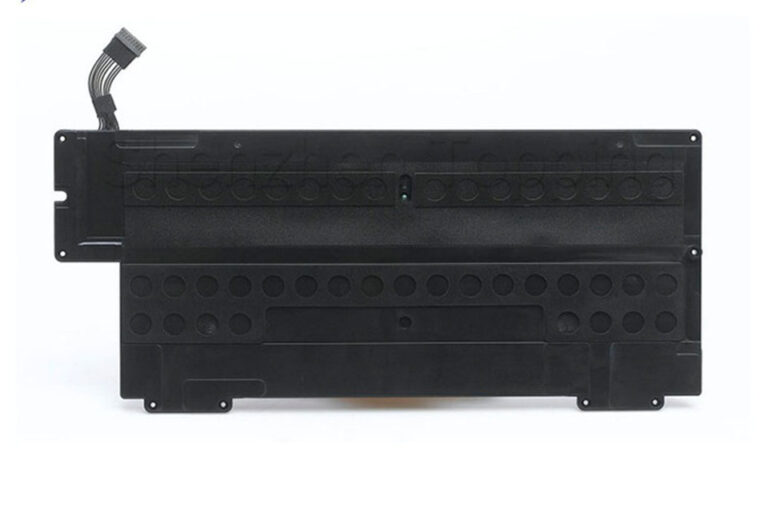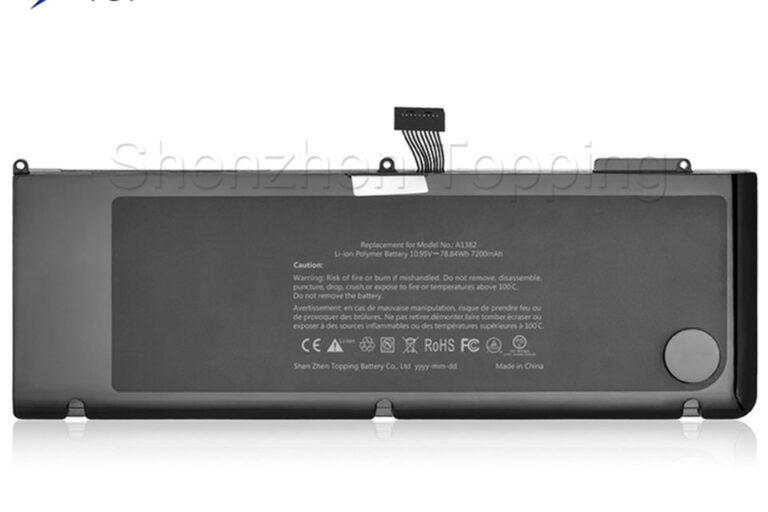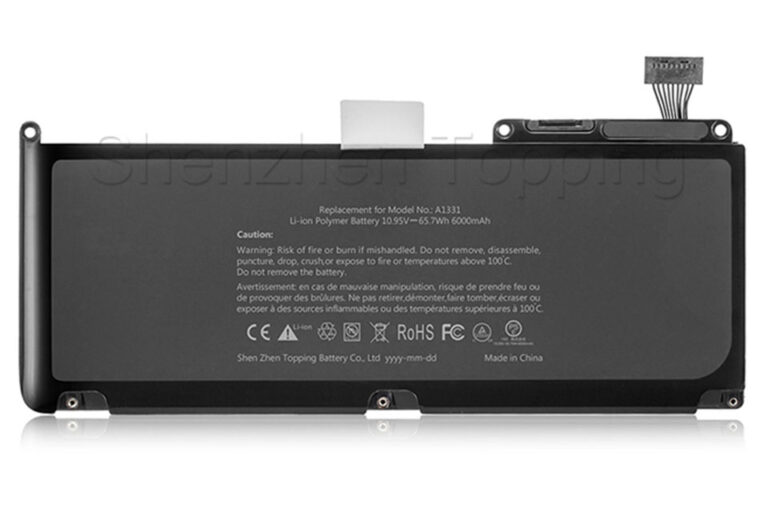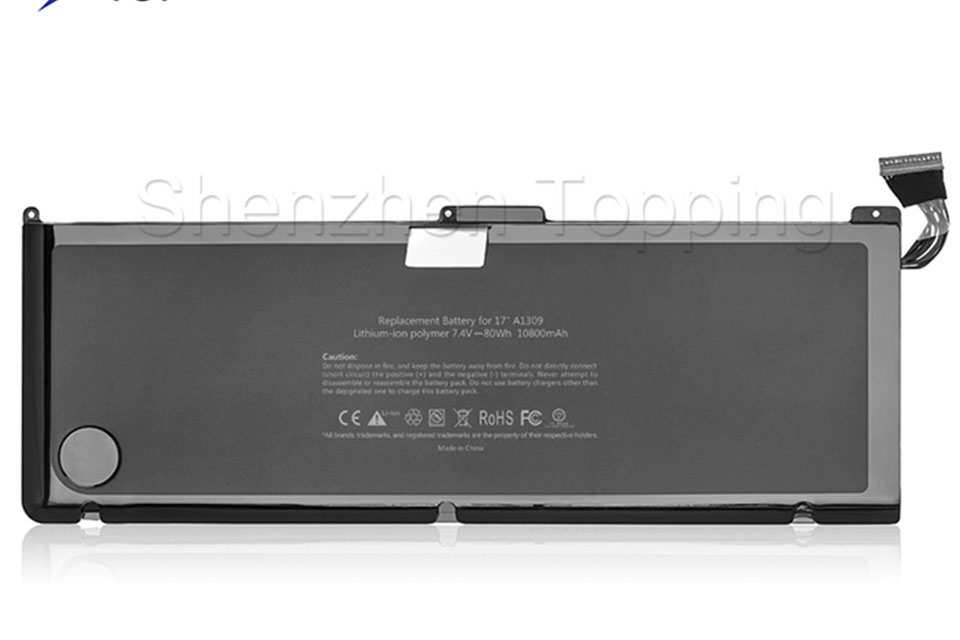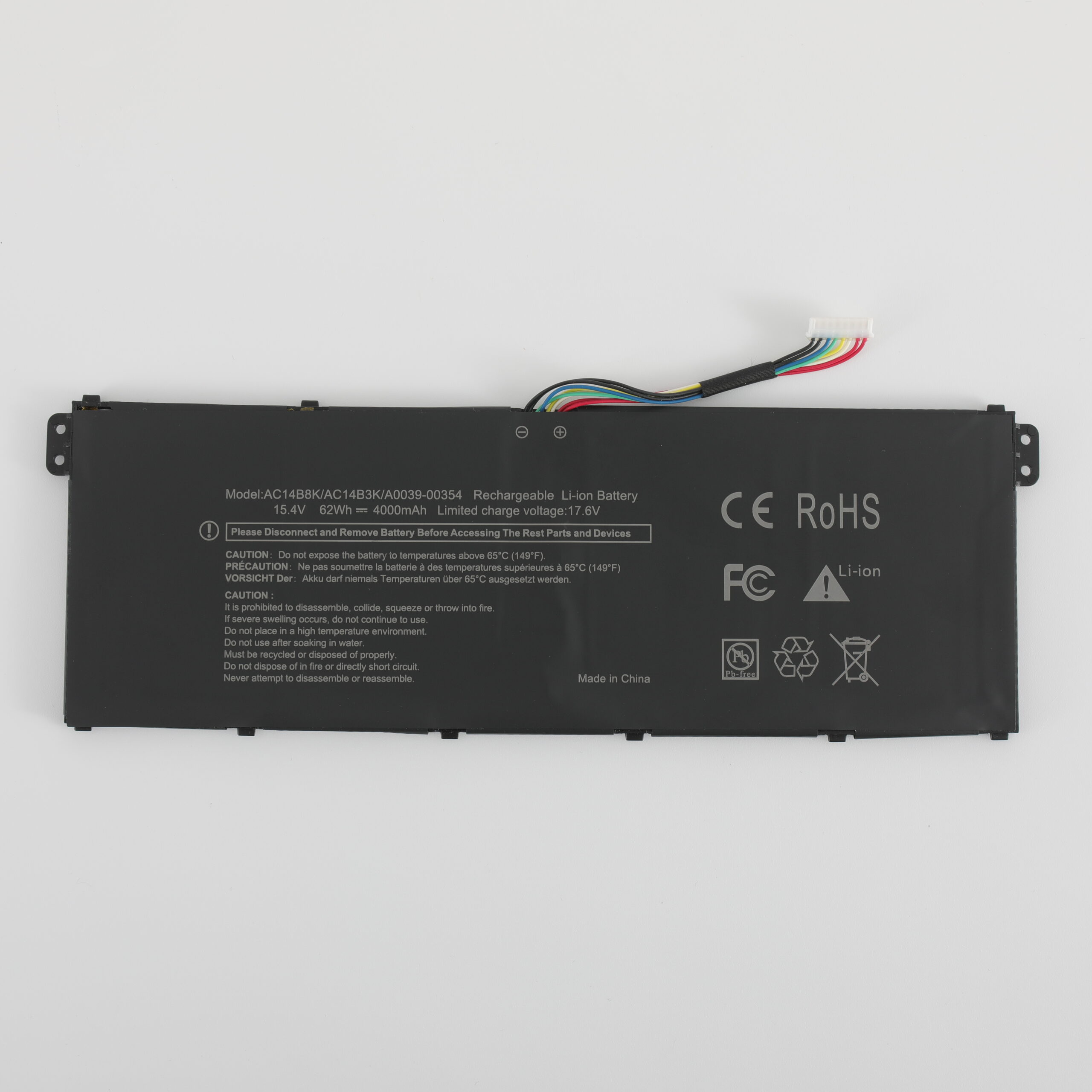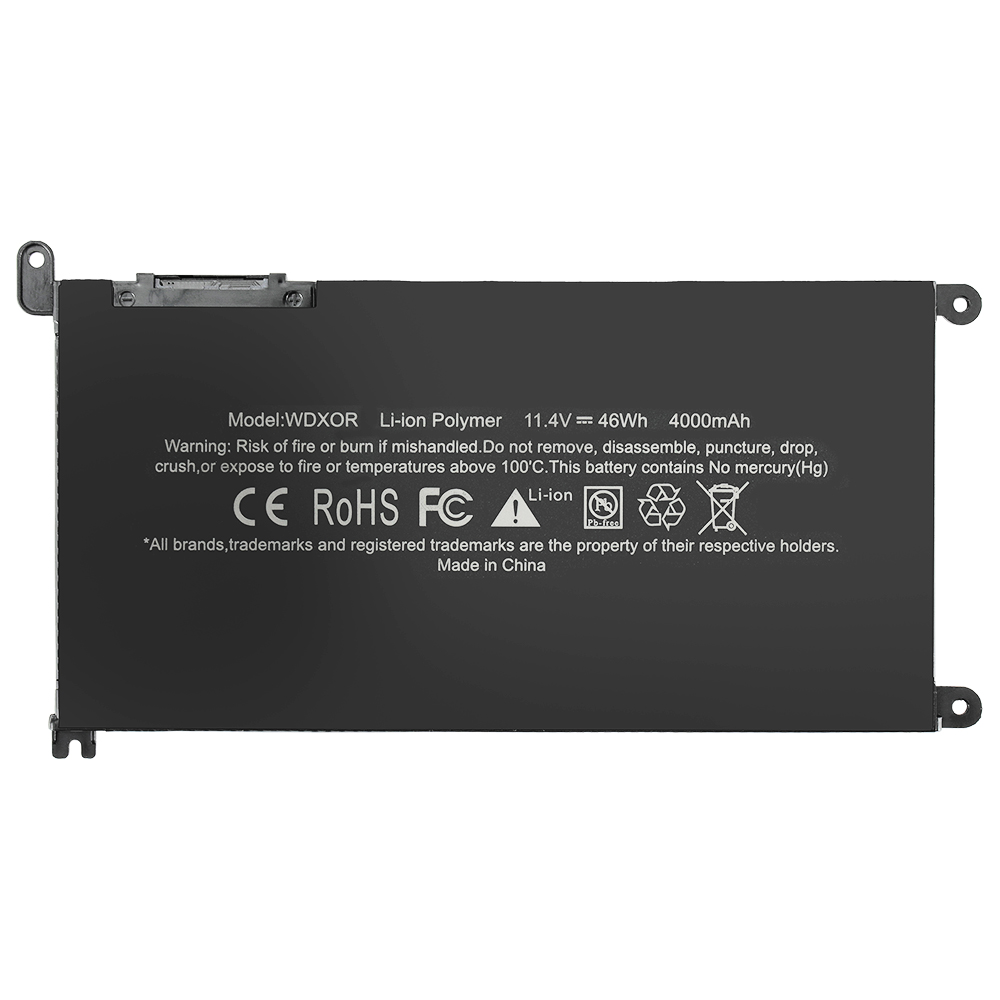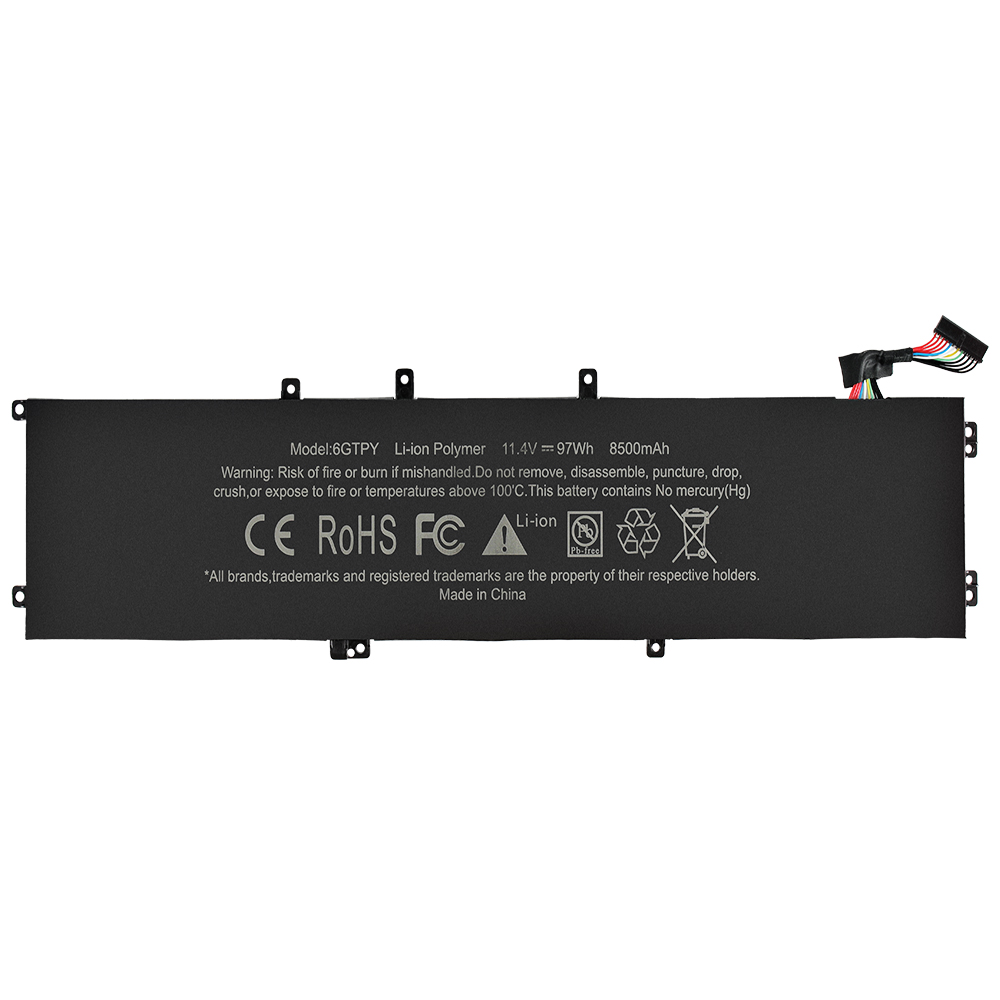-
Longshan 5th Rd, Xingsheng County,Longgang Street, Shenzhen
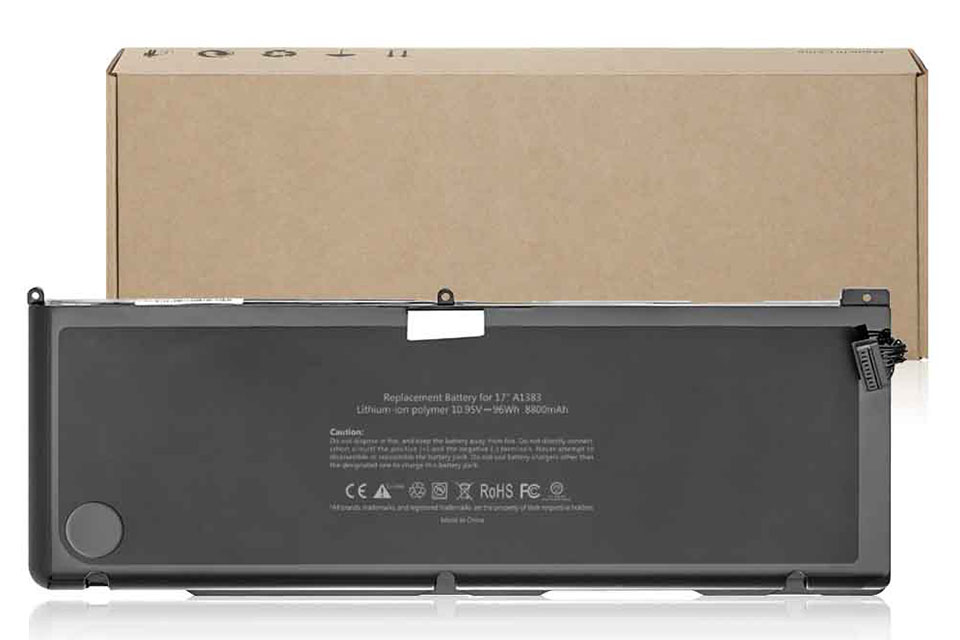
how to check battery health in laptop
Are you stressed regarding your laptop computer battery? Does it pass away also quick? Allow’s find out just how to check battery health and wellness in laptop computer the very easy means!
Table of Contents
Why Display Laptop Computer Battery Wellness?
Your laptop computer battery obtains weak in time. This is regular! Yet you require to understand just how poor it is.
Poor indicators to look for:
- Battery passes away quick
- Laptop computer obtains also warm
- Abrupt closures
- Battery inflates
Watching on your battery health and wellness assists you understand when to repair issues or obtain a brand-new battery
Exactly How to Examine Battery Wellness (Windows)
Approach 1: Create a Battery Record
This is the finest means to examine your Windows laptop computer battery health and wellness:
- Open Command Motivate (kind “cmd” in the beginning food selection)
- Kind this:
powercfg/ batteryreport - Locate the record documents (normally in C: UsersYourName)
- Open the HTML documents to see your battery standing
In the record, try to find:
- Layout Capability: What your battery must hold
- Complete Fee Capability: What it holds currently
- Cycle Matter: The amount of times it billed
- Battery Put On Degree: Just how much power it shed
Instance: If your Layout Capability is 48,944 mWh however your Complete Fee Capability is just 45,007 mWh, that suggests your battery has 8.9% wear
Approach 2: Integrated Setups
For a fast check:
- Most Likely To Setups
- Click System
- Select Power & &Battery
- Consider the battery health and wellness area
ExamineBattery Wellness on MacBooks
Approach 1: macOS System Record
Apple makes it very easy to examine your MacBook battery:
- Click the Apple logo design in the leading left
- Select Concerning This Mac
- Click System Record
- Select Power on the left side
Try To Find:
- Problem : Regular, Change Quickly, or Solution Recommended
- Cycle Matter : The amount of
- Wellness Info:Battery standing
Essential note(* ): When your MacBook programs “ Solution Recommended,” it suggests the battery is listed below 80% of its initial ability. Approach 2: Terminal Command - Wellness Info:Battery standing
For
even more information, usage Terminal: Open
- Incurable application Kind
- : ioreg -registered nurse AppleSmartBattery|grep -i “Capability|CycleCount”
Press - Get In Linux
Wellness DevicesBattery Linux customers can examine battery health and wellness with:
Open
- Incurable Kind
- : upower -i/ org/freedesktop/UPower/ devices/battery _ BAT0
Consider the - ability and power worths Or usage
GUI devices like: GNOME Power Data
- TLP
- Third-Party Software Program (Free Devices)
Do not such as integrated devices? Attempt these
cost-free applications: For
Windows: BatteryInfoView
- : Reveals all battery information HWMonitor
- : Checks battery and various other components For
macOS: CoconutBattery - : Easy-to-read battery details For all systems:
Open Up Equipment Display - : Checks several computer system components Comprehending Your
RecordBattery Below’s what the
numbers indicate: Term
| What It Suggests | Excellent Variety | Layout Capability |
|---|---|---|
| Initial battery power when brand-new | Manufacturing facility setup | Complete Fee Capability |
| Existing optimum power it can hold | As near Layout Capability as feasible | Cycle Matter |
| Times battery went from 0% to 100% | Under 500 cycles | Put On Degree |
| Percent of ability shed | Under 20% | Exactly how to determine wear |
| : ( Layout Capability – Complete Fee Capability) ÷ Layout Capability × 100 = Use % | ||
| Instance | ||
| : A battery with 50,000 mAh layout ability currently at 40,000 mAh has 20% wear./ * Container */ . infographic-container { max-width: 900px;. margin: 20px vehicle;. background-color: #ffffff;. border-radius: 12px;. box-shadow: 0 5px 15px rgba( 0, 0, 0, 0.1);. extra padding: 20px 30px;. overflow: concealed;/ * Avoids aspects from bursting out */. }/ * Headings */. h1, h2, h3 { shade: # 1a3b5d;. text-align: facility;. margin-bottom: 15px;. } h1 {font-size: 1.8 em; margin-bottom: 25px;} h2 {font-size: 1.4 em; border-bottom: 2px strong #e 0e6ed; padding-bottom: 8px; margin-top: 30px;} h3 {font-size: 1.1 em; shade: # 4a6b89; margin-top: 20px; text-align: left;}/ * Key Material Sections Designing */ . info-section { extra padding: 15px 0;. }. stats-grid { display screen: flex;. flex-wrap: cover;/ * Permit things to cover on smaller sized displays */. void: 25px;/ * Area in between grid things */. margin-top: 20px;. align-items: stretch;/ * Make things very same elevation */. }. stat-item { background-color: #f 8faff;. boundary: 1px strong #e 0e6ed;. border-radius: 8px;. extra padding: 20px;. flex: 1 1 45%;/ * Expand, reduce, basis (attempt to fit 2 per row) */. min-width: 280px;/ * Minimum size prior to covering */. box-sizing: border-box;/ * Consist of extra padding in size */. display screen: flex;. flex-direction: column;/ * Pile material up and down */. }. chart-container { placement: loved one;. elevation: 200px;/ * Taken care of elevation for graph */. size: 100%;. margin-top: 15px;. flex-grow: 1;/ * Permit graph to take readily available room */. }. icon-text-section { display screen: flex;. flex-wrap: cover;. void: 15px;. justify-content: space-around;. margin-top: 20px;. } . icon-fact { display screen: flex;. align-items: facility;. void: 10px;. background-color: #e 7f0f7;. extra padding: 10px 15px;. border-radius: 6px;. flex: 1 1 200px;/ * Readjust basis for responsiveness */. min-width: 180px;. } . icon-fact svg { size: 30px;. elevation: 30px;. flex-shrink: 0;/ * Protect against symbol diminishing */. } . icon-fact p { margin: 0;. font-size: 0.9 em;. }/ * Tips Area */ . tips-list { list-style: none;. extra padding: 0;. margin-top: 15px;. } . tips-list li { display screen: flex;. align-items: facility;. margin-bottom: 10px;. font-size: 0.95 em;. } . tips-list svg { size: 18px;. elevation: 18px;. margin-right: 10px;. flex-shrink: 0;. }/ * Footer/Source Keep in mind */ . infographic-footer { text-align: facility;. margin-top: 30px;. font-size: 0.8 em;. shade: # 666;. }/ * Customized SVG Icons */ . svg-icon {display screen: inline-block; vertical-align: center;}/ * Responsive Adjustments */. @media (max-width: 768px) { . infographic-container {extra padding: 15px 20px;} h1 {font-size: 1.6 em;} h2 {font-size: 1.3 em;} . stats-grid {flex-direction: column; void: 20px;}/ * Pile things */ . stat-item {flex-basis: 100%; min-width: unset;}/ * Complete size */ . icon-text-section {justify-content: facility;} . icon-fact {flex-basis: 80%;}/ * Readjust basis */. } @media (max-width: 480px) { h1 {font-size: 1.4 em;} h2 {font-size: 1.1 em;} . infographic-container {extra padding: 10px 15px;} . icon-fact {flex-basis: 100%;}/ * Solitary column */ . icon-fact p {font-size: 0.85 em;} . tips-list li {font-size: 0.9 em;} } |
WellnessBattery Your laptop computer battery uses down in time. Examining its health and wellness assists you recognize efficiency and understand when it’s time for a substitute.
Trick Elements & Statistics
Cycles vs. Capability Loss
Batteries break down with cost cycles. Right here’s regular efficiency:
* MacBooks commonly ranked for 1000 cycles.
Put On Degrees
Battery Use degree contrasts existing ability to the initial layout ability.
High wear considerably minimizes runtime.
High Warmth Harms:
Storing/using over 40 ° C( 104 ° F )can create ~ 15% ability loss annually. Substitute Signal (Mac):
“Solution Recommended” shows up when ability goes down listed below 80%. Essential Put On:
Take into consideration substitute if wear degree surpasses 30-40% for many laptop computers. Exactly How to Examine
WellnessBattery Windows:
Usage ‘powercfg/ batteryreport’ in Command Motivate. macOS:
Examine ‘System Record’ > ‘Power’ or utilize ‘Incurable’. Linux:
Usage ‘upower’ command in Terminal or GUI devices. Quick Tips to Prolong Life Expectancy
Stay clear of deep discharges (0%) and complete costs (100%) commonly; go for 20-80%.
- Maintain the laptop computer cool; prevent obstructing vents or utilizing in straight sunshine.
- Lower display illumination and close extra power-hungry applications.
- Examine health and wellness every 3-6 months utilizing integrated or third-party devices.
- Information based upon sector standards, OS analysis records, and battery modern technology requirements. Examine your particular maker’s standards.
Obtain a Battery
brand-new battery when: Use degree
- mores than 30-40% lasts
- Battery much less than fifty percent as long as when brand-new is
- Battery swelling or obtaining extremely warm You see
- Solution Recommended on Mac Cycle matter
- is extremely high (over 500) can bring your laptop computer back to life, particularly for designs like ASUS Pro collection.
Quality replacement batteries Tips to Prolong
LifeBattery Make your
battery last much longer: Maintain cost in between
- 20-80% ( not 0-100%) Usage
- battery limiters in biography when feasible Reduced
- display illumination Close
- history applications that utilize power Maintain laptop computer
- cool ( warmth eliminates batteries) Usage
- for optimum efficiencymanufacturer-recommended power settings Information on Laptop Computer
WellnessBattery Right here’s a practical table with
crucial realities regarding laptop computer battery health and wellness: Metric/Case Research Study
| Information | Why It Issues | Put On Computation |
|---|---|---|
| Battery Instance: 45,007 mWh (existing) vs. 48,944 mWh (layout) = | 8.9% wear Demonstrates how to identify your battery’s health and wellness | MacBook “Solution Recommended” Condition |
| macOS flags batteries at << 80% initial ability as requiring substitute. | Informs Mac customers when it’s time for a brand-new battery | Lithium-Ion |
| AgingBattery Batteries shed ~ 20% ability after 300-500 cycles, despite marginal usage. | All batteries wear, also if you beware | Life Expectancy Limits |
| Battery Layout Capability vs. Complete Fee Void: >> 30% distinction suggests important wear. | When to begin looking for | Windows replacement batteries |
| Record UseBattery 72% of customers do not find out about | powercfg/ batteryreport Lots of people miss this valuable integrated device | Cycle Matter Effect |
| MacBooks maintain 80% ability after 1,000 cycles (Apple’s objective). | How much time an excellent battery must last | Thermal Deterioration |
| Batteries shed 4% annual at 25 ° C; 15% at 40 ° C. | Warmth is a battery awesome | Third-Party Device Precision |
| Applications like HWMonitor are within 3-5% of authorities devices. | Free devices are respectable | Frequently Asked Question Area |
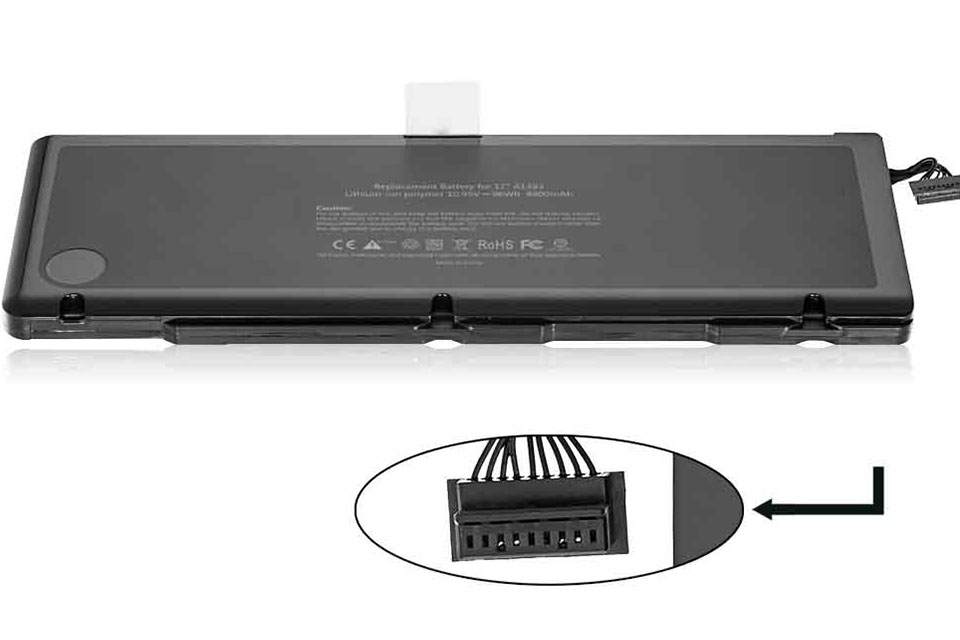
Can I utilize my laptop computer while connected in?
u003cstrongu003eCan I use my laptop while plugged in?u003c/strongu003e
Yes, but modern laptops are smart enough to stop charging when full. For u003cstrongu003eolder modelsu003c/strongu003e, unplugging at 80-90% is best.
u003cstrongu003eHow often should I check battery health?u003c/strongu003e
Check every u003cstrongu003e3-6 monthsu003c/strongu003e or when you notice u003cstrongu003ebattery problemsu003c/strongu003e.
u003cstrongu003eDoes fast charging damage batteries?u003c/strongu003e
Yes, u003cstrongu003efast chargingu003c/strongu003e can make your battery age faster because it creates more heat and stress on the u003cstrongu003elithium-ion batteryu003c/strongu003e.
u003cstrongu003eCan I fix a swollen battery?u003c/strongu003e
No! A u003cstrongu003eswollen batteryu003c/strongu003e is u003cstrongu003edangerousu003c/strongu003e. Stop using it and get a new one right away.
u003cstrongu003eWhy does my battery monitor show different capacity than advertised?u003c/strongu003e
Some u003cstrongu003ewearu003c/strongu003e happens during u003cstrongu003eshippingu003c/strongu003e and u003cstrongu003estorageu003c/strongu003e. Also, u003cstrongu003emonitor battery capacityu003c/strongu003e tools might show slightly different numbers.
Examining your
laptop computer battery health and wellness is very easy and crucial. For Windows, usage powercfg/ batteryreport For macOS, examine the System Record. For Linux, usage Incurable commands. Bear in mind, all batteries wear in time. When your
battery ability goes down listed below 70-80% of initial, consider a substitute. Routine checks
assist you capture issues early. Make use of these battery analysis devices to make best use of battery life-span and understand when it’s time for a brand-new one.


